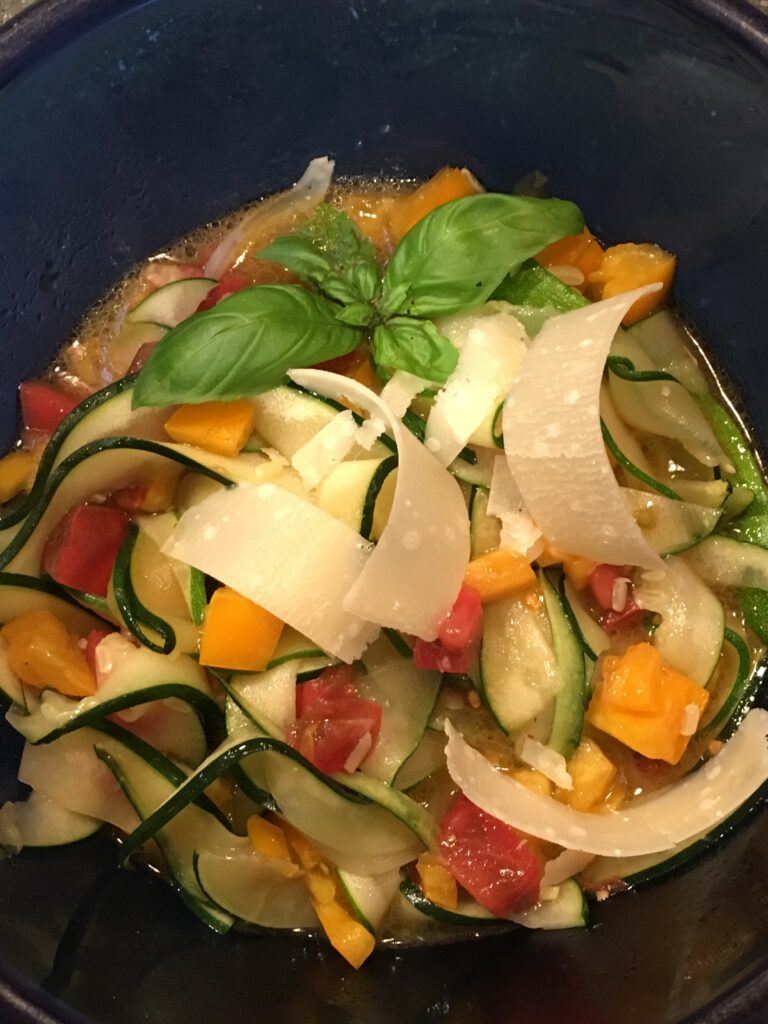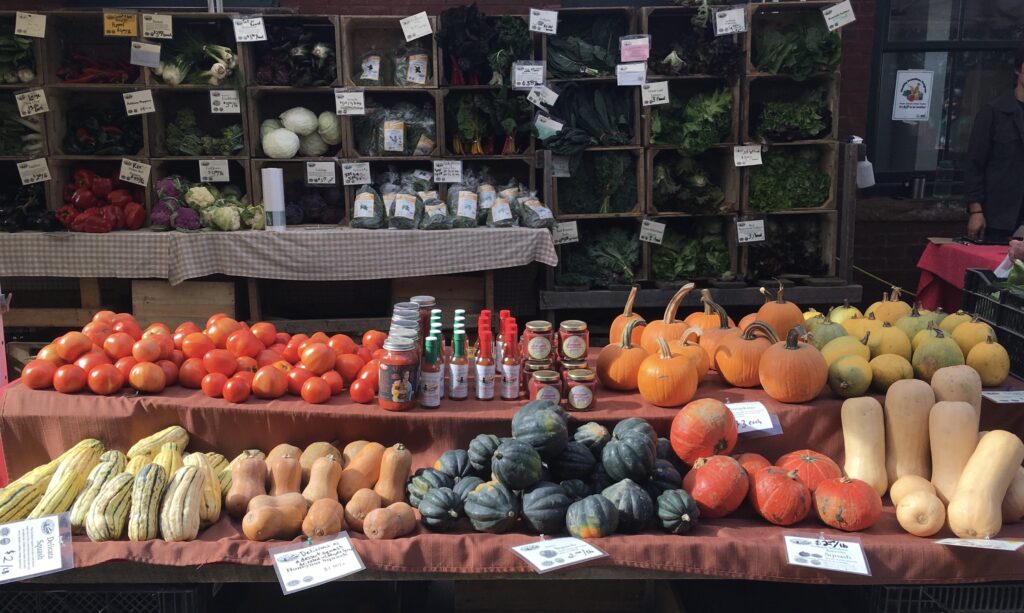
Local vs Global
My experience of farm to table (lower case intentional) is different. It is for me, food that is recently picked or harvested; truly fresh, brought directly from local farms. After 40 years of a globalized food supply where food from halfway around the world is available year round in supermarkets, farm to table is necessary to demonstrate that food tastes better when it is picked ripe, still tender, delicate and juicy; when the aromas and essential oils are still vibrant. It’s easy to prove that a peach picked from a tree that same morning tastes superior to one that is picked green and hard, then stored in a cold warehouse, then transported to a grocery store where it might sit in a display for a week before being purchased. People often ask me why the fruit they buy goes bad quickly…


Know your Farms
Fresh and local do taste better, but farm to table represents more than a superior product. It is also a more sustainable model. There is less dependence on long distance transportation (via fossil fuels) and less waste due to a shorter supply chain. The consumer (whether chef or home cook) is closer to the source, and may know the farm and the farm practices (organic, conventional, IPM, fair wage…) and often chooses to buy from their favorites.

The closer connection with the farm allows farmers to offer diverse crops, with customers open to new products that are available in the local market or through CSA shares. This makes local farming more sustainable both environmentally and economically for the farmer.
The idea of farm to table should not be reduced to a highly prized ingredient from a farm used in a dish hundreds of miles away. It’s a way of connecting a community to its farms, sourcing food more sustainably, supporting the environment and good farming practices, and providing the best tasting food. We are fortunate to live farm to table in Western Massachusetts.
Copyright © 2024, Pioneer Valley Food Tours. All rights served.